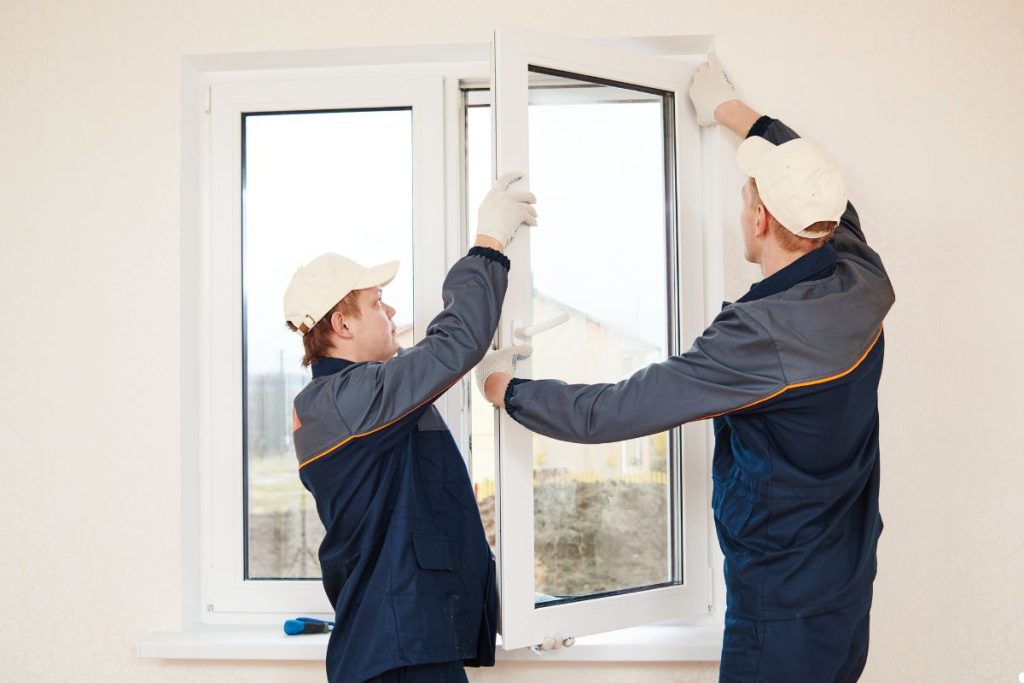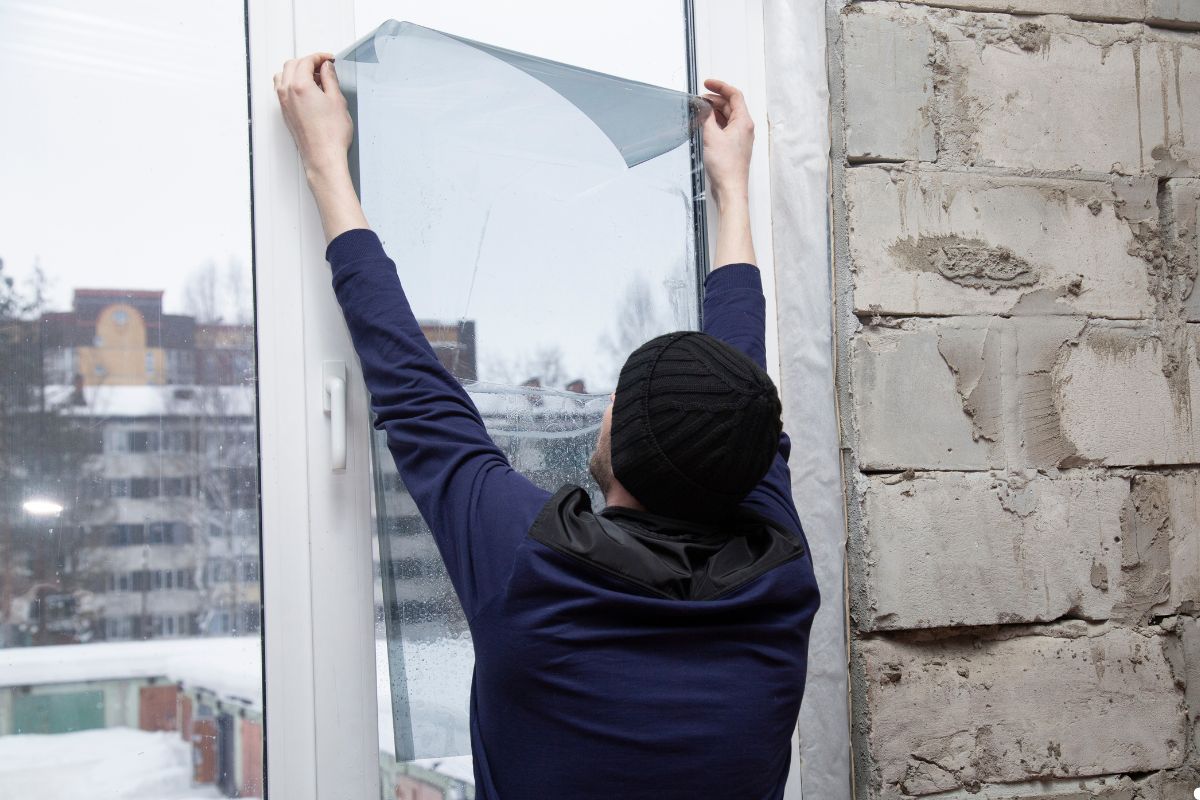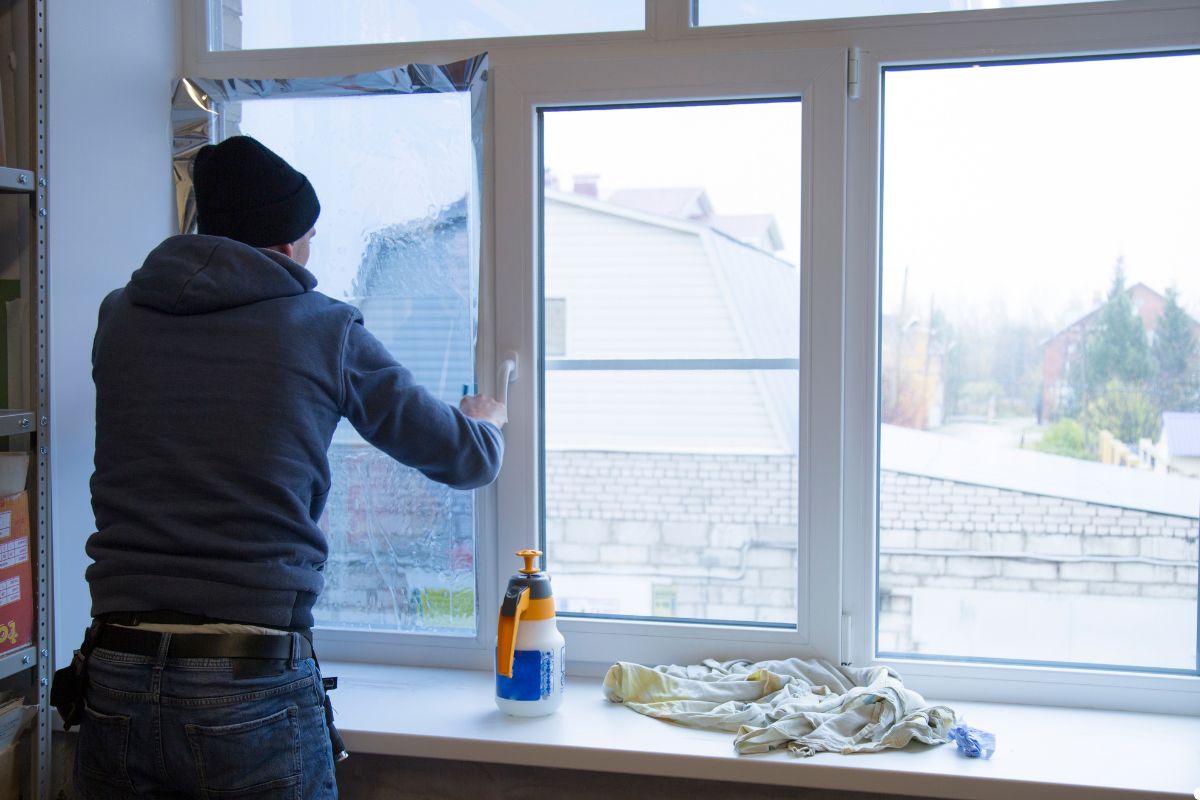
If your window film is starting to look more lavender than its original color, the short answer is: it’s likely due to the breakdown of the film’s dyes from prolonged exposure to ultraviolet (UV) radiation. But the issue is more complex than that. Let’s dive into the details of why some window film fades and turns purple, and more importantly, how you can prevent it. If you’re noticing signs of fading, call us today to learn about high-quality, fade-resistant film options and get a free consultation!
Introduction
Window film offers a wealth of benefits, including reducing heat, blocking harmful UV rays, increasing privacy, and even enhancing the aesthetics of your home or office. However, one common and frustrating problem is the tendency of some films to fade and develop a purple tint over time. This discoloration not only diminishes the visual appeal of your windows but also indicates that the film’s protective properties are degrading. Understanding the causes of this phenomenon is crucial for choosing the right window film and ensuring its longevity. A professional business window cleaning service can help identify early signs of film discoloration before it becomes a bigger issue.

The Science Behind the Purple: Why It Happens
The primary culprit behind the purple discoloration is the degradation of the dyes used in the window film. Most window films contain dyes that give them their tint and specific properties. When exposed to intense UV radiation from the sun, these dyes can break down chemically. Blue dyes are often less stable than other colors. As they degrade faster than other dyes, the film shifts towards the remaining colors on the color wheel – often resulting in a purple or violet hue.
Understanding the Culprits
Several factors contribute to the fading and purple discoloration of window film:
Low-Quality Dyes:
The quality of the dyes used in the manufacturing process is a significant determinant of how long the film will last. Inferior films often utilize cheaper, less stable dyes that are more susceptible to UV degradation. These films may look good initially but are prone to fading and discoloration within a few years.
Excessive UV Exposure:
Even window films marketed as UV resistant can succumb to fading if exposed to excessive UV radiation over extended periods. While these films block a significant percentage of UV rays, prolonged exposure eventually takes its toll on the dyes. Geographical locations with high sun intensity can exacerbate this issue.
Inferior Film Construction:
Beyond the dyes, the overall construction of the film plays a vital role. Films with a thin or poorly applied UV-resistant coating are more vulnerable. Multi-layered films with robust UV absorbers offer better protection against fading.
Identifying The Problem: Signs of Fading Film
Identifying fading film early can help you take action before the problem becomes severe. Obvious signs include:
- A distinct purple or violet tint: This is the most telltale sign.
- Uneven coloration: Some areas may fade faster than others, leading to inconsistent color across the window.
- Reduced heat rejection: Faded film is less effective at blocking heat, making your home feel warmer.
- Increased glare: As the film degrades, its ability to reduce glare diminishes.
Prevention and Solutions
While some fading is inevitable over time, you can significantly extend the life of your window film by taking preventative measures:
Choosing High-Quality Film:
Invest in window films from reputable manufacturers known for using durable dyes and robust UV-resistant coatings. Look for films with strong warranties against fading and discoloration. Research customer reviews and ask for detailed product specifications before making a purchase.
Professional Installation:
Proper installation is crucial for the performance and longevity of window film. Hire a certified professional who has the experience and expertise to apply the film correctly, ensuring proper adhesion and minimizing the risk of bubbles or other imperfections.
Maintenance and Care:
Clean your window film regularly using mild, non-abrasive cleaners and soft cloths. Avoid harsh chemicals or abrasive materials that can scratch or damage the film. Following the manufacturer’s recommendations for cleaning and care can significantly extend its lifespan. With our services, you can count on expert guidance to properly care for and maintain your window film.

FAQ (Frequently Asked Questions)
How long should window film last before it starts to fade?
High-quality window film can last 10–15 years or more before showing signs of significant fading. Lower-quality films may start to fade within 3–5 years. Call us today to learn more about the best window film options for your needs!
Is purple window film dangerous?
Purple film indicates that the UV protection is diminishing. This is harmful if there are people inside your home, building. And also this is a sign you will need window replacement.
Can I fix faded window film?
Unfortunately, faded window film cannot be repaired. The only solution is to replace the film entirely.
What is the cost of replacing faded window film?
The cost varies depending on the type of film, the size of the windows, and the installer. Contact us for a free estimate!
Does the warranty cover discoloration?
Warranties often cover discoloration. It’s important to review the warranty coverage prior to purchase so that you are aware of all disclaimers of liability.
Conclusion
While the purple hue of faded window film can be an unwelcome sight, understanding its causes empowers you to make informed decisions and protect your investment. By choosing high-quality films, ensuring professional installation, and practicing proper maintenance, you can enjoy the benefits of window film for years to come. Don’t let fading compromise your comfort, energy efficiency, and the aesthetic appeal of your home or office.
